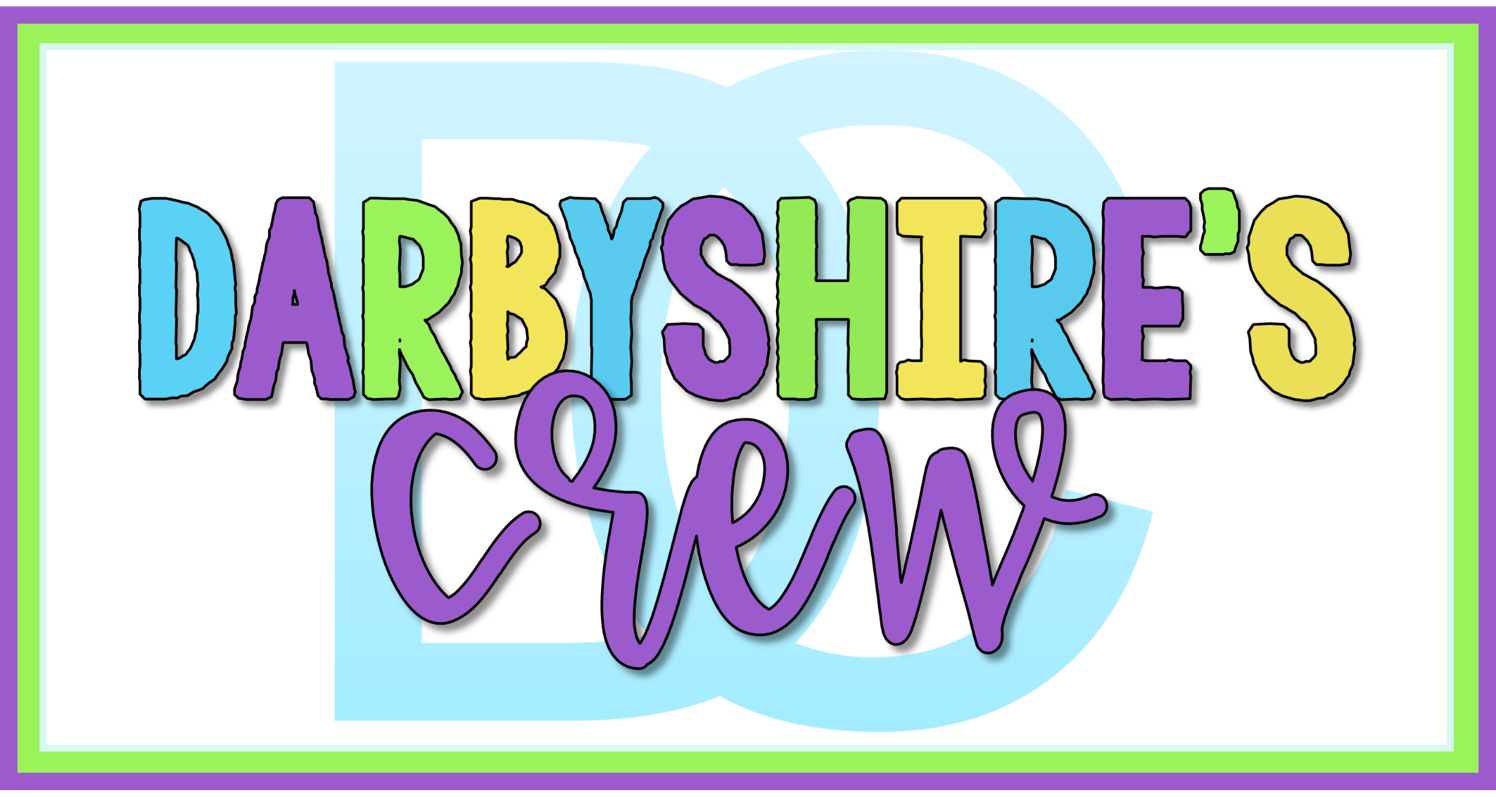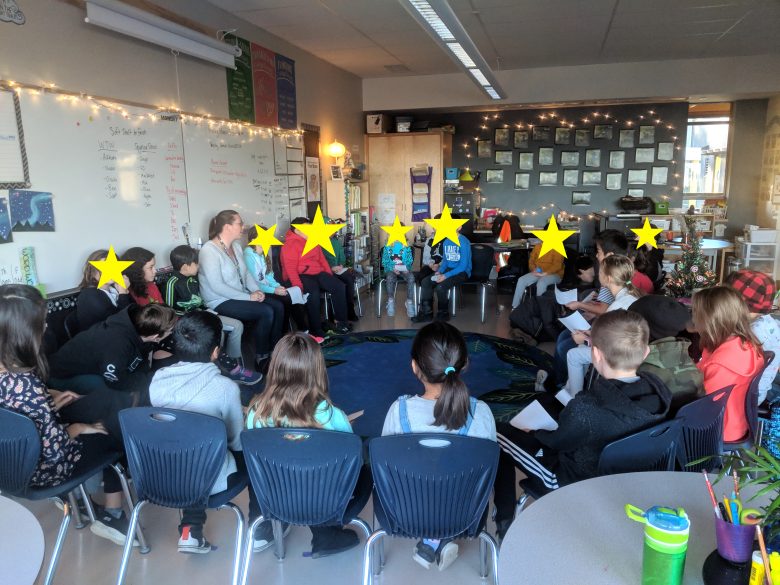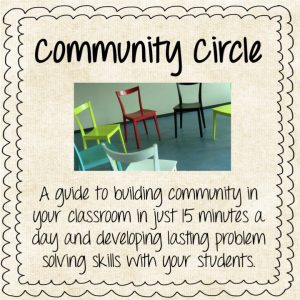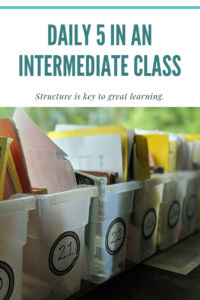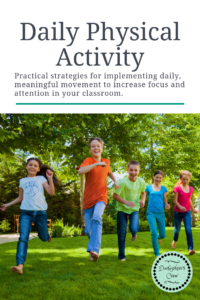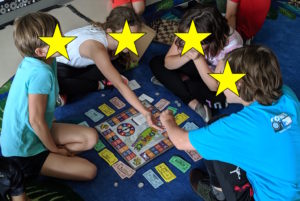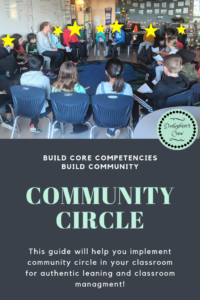 I was thinking about this post for a while before I started typing. What was important for to to say about Community Circle? I realized the best way to explain it was to tell you how I came to use Community Circle every day in my classroom.
I was thinking about this post for a while before I started typing. What was important for to to say about Community Circle? I realized the best way to explain it was to tell you how I came to use Community Circle every day in my classroom.
How it came to be in my Classroom
I started teaching like many of you, where my teachers told us student teachers about the importance of building strong relationships with our students. This became apparent immediately during student teaching and again at the beginning of my teaching career. There is no substitute for strong relationships between teachers and students. Classroom management hinges on this relationship and our ability as teachers to foster strong and secure attachments with our students.
I started teaching and had those first few challenging years with my first classes, and I worked really hard at making sure I had strong relationships with all my students. I really felt that if I made sure each of my students knew I cared, life would be good. And it was for the most part. I did well those first few years. I knew I was in the right profession and I loved every minute of my job. What I didn’t count on was the exhausting nature of dealing with the problems my students had with each other! And the endless problem solving that we had to undergo every day after recess and lunchtime. You know what I’m talking about…
“She told her friend that I liked that boy and then her friend told….”
“He is putting his piece of paper in my area of the table, so I drew on it to teach him a lesson”
“He pushed me while we were playing soccer, so I pushed him back and then Jimmy swore at me for pushing his friend, so I pushed Jimmy…”
You know what I’m talking about!
I don’t know if this is a solution to these problems, but to me it is an avenue for preventing the problems as well as solving them once they arrive.
I started just doing community circle once a week, just like I used to do class meeting. So basically it was the same thing, but I hated the connotation of beefs and bouquets where all we did was air concerns with no real way to solve problems. Plus there was no real positive ‘bring the community back together’ before we tear into each other. Very few kids shared bouquets. Maybe it was me as a new teacher who couldn’t manage class meetings, but I felt like it was an hour of my week to have my students nitpick at each other.
TRIBES Program Influence
I reframed my thinking after attending a pro-d day for the TRIBES program. It was life changing to me as a teacher. I took some of the ideas back to my classroom. I followed the principles and started changing my thinking around class meeting. It shouldn’t be a time for nitpicking but rather a time for building our community. We started to share about ourselves. Things we liked, things we didn’t, how our weekend was, what our hopes were. Kids were starting to see commonalities with each other. The more we connected, the more the kids were engaged with the process. They LOVED sharing. And even more, they were practicing proper listening, listening with their heart!
I went from doing community circle twice a week to doing it every day. Actually I rearranged how my classroom was set up, so kids could move their chairs into community circle from their table spaces, without having to move their tables. I taught all my whole class lessons from the community circle ‘circle’. We took turns sharing in the mornings when they first arrived. After lunch if we had problems. And at the end of the day as a way to say goodbye. It was amazing.
How Powerful is it?
As amazing as it is, you will always have problems in your classroom. But with Community Circle, there is a way for kids to express themselves and be heard. I remember this one student, K, who did not fit in with the other boys. He wasn’t into soccer like them, but he played every day just so he could be in the group. He was always picked last and he always tried too hard to get their attention in ways they found annoying. If one of the other boys did something the others laughed at, K did it too, but he never got the laughs, he got the eye rolls or worse, he was flat out told to stop it because he was so annoying. Something had to be done. The culture of that class was rough!
Little by little, community was built and one day K told the class that he just didn’t know what he was doing wrong. He said, “I try every day to make friends, but everyone hates me.” He physically curled into a ball on his chair, crying. It was horrible to see. I knew this kid was a nice boy, but lacked the social skills. Man, he even annoyed me! What happened next was what surprised me.
The kids in the class reacted in such a positive way. They started (taking turns) to offer him suggestions about how he could get better. As kindly as they could, they told him that he was really annoying when he copied them. They told him he should just be himself. They told him, they didn’t mind him joining their soccer game because even if he wasn’t very good, he tried his best! Slowly, K uncrumpled, he asked questions, and he learned. No it wasn’t an instant fix. But we actually had these conversations a few more times over the year.
Slowly though, K started behaving better. He was comfortable in the classroom. He didn’t annoy anyone (mostly) and he was accepted into the group. Because there was an avenue for him to be honest and for the other students to listen and help, the students were able to fix this problem. I barely intervened. Before K brought it up with the class, I had spent many a Daily 5 period after lunch talking to K when he was upset, or chiding him for his behaviour. I had told him to be himself and stop trying to fit in. The same things the kids told him. But it wasn’t as meaningful coming from me. I was not who he needed to hear it from. Even though our relationship was strong and good, it wasn’t enough to help K. He needed the community to be strong.
This one moment was probably one my highlights as a teacher and it really changed my perspective on the capacity kids have to be a part of a community. Every class I have had since has formed these amazing connections. They are all best of friends and I really do attribute it to having a (at least) daily community circle. Some teachers call it morning meeting, classroom meeting etc, call it what you like Community Circle in important.
How to Structure your Classroom
There are so many ways to have a community circle in your room and I feel primary classes probably do this more often. Kids are smaller, there is a carpet available and they all fit around it. With intermediate classrooms, you really have to make it work. But it is possible. In every room or portable I have been in since, it is possible.
Not every class I have had since has been perfect. The group I have this year is more trouble than they are worth. So much drama. But at least the community that is developing is starting to outweigh the drama. Originally the class was a bunch of small clique groups. They were not inclusive and a bit mean to each other. Now, the groups are fluid and everyone is friends or at least kind and respectful of each other. It really is a beautiful thing.
If you want more details into exactly how I manage this in my classroom I have a complete how to guide in my TPT store.
♥ Cassandra
PS. Check out these other great routines I love!
